> Hardwoods > Sapindaceae > Acer > negundo
Common Name(s): Box elder, Manitoba maple, ash-leaved maple
Scientific Name: Acer negundo
Distribution: North America (most commonly in central and eastern United States)
Tree Size: 35-80 ft (10-25 m) tall,
1-2 ft (.3-.6 m) trunk diameter
Average Dried Weight: 30.2 lbs/ft3 (485 kg/m3)
Specific Gravity (Basic, 12% MC): .42, .49
Janka Hardness: 720 lbf (3,200 N)
Modulus of Rupture: 8,010 lbf/in2 (55.2 MPa)*
*Estimated bending strength from data of green wood at: 5,220 lbf/in2 (36.0 MPa)
Elastic Modulus: 1,050,000 lbf/in2 (7.24 GPa)*
*Estimated elasticity from data of green wood at: 870,000 lbf/in2 (6.00 GPa)
Crushing Strength: 4,950 lbf/in2 (34.1 MPa)
Shrinkage: Radial: 3.9%, Tangential: 7.4%,
Volumetric: 14.8%, T/R Ratio: 1.9
Color/Appearance: Sapwood is a pale white, sometimes with a yellow/green hue similar to yellow poplar. The heartwood is a grayish/yellowish brown, frequently with red or pink streaks. The red stain is produced by the tree’s natural defenses when wounded—it is thought that this compound is meant to inhibit the growth of fungus (Fusarium solani) that commonly colonizes the tree. Much of the reddish coloring (sometimes called “flame” by retailers) becomes a more subdued pink or brown/gray upon drying.
Grain/Texture: Grain is straight, with a fine even texture. The growth rings are usually faint and non-distinct.
Rot Resistance: Poor durability, rated as non-durable to perishable. Heartwood is subject to heart rot and insect attack.
Workability: Easy to work with both hand and machine tools. Turns, glues, and finishes well.
Odor: Box Elder has a distinct and unpleasant scent when wet, which mostly subsides once dry.
Allergies/Toxicity: Box elder, along with other maples in the Acer genus have been reported to cause skin irritation, runny nose, and asthma-like respiratory effects. See the articles Wood Allergies and Toxicity and Wood Dust Safety for more information.
Pricing/Availability: Seldom used or available in lumber form, box elder is occasionally harvested in small quantities by hobbyists or specialty sawmills—with lumber exhibiting reddish pink heartwood streaks being the most desirable. Dyed/stabilized burl blocks for use in turning projects are also offered. Prices should be moderate given box elder’s commonness, though figured pieces and/or burls are likely to be more expensive.
Sustainability: This wood species is not listed in the CITES Appendices or on the IUCN Red List of Threatened Species.
Common Uses: Turned objects, small ornamental objects, wood pulp, charcoal, boxes, and crates.
Comments: Sometimes called “Ash-leaved Maple” because of its non-typical leaves, (see below), Box Elder is technically considered a maple tree (Acer genus). Its lumber is softer, weaker, and lighter than almost all other species of maple, and Box Elder’s overall strength, as well as it’s strength-to-weight ratio are poor.
Images: Drag the slider up/down to toggle between raw and finished wood. The second sample pictured below represents an unusually vibrant example of “flamed” box elder. A special thanks to Salem Barker for providing the sculpture photo of this wood species.
Identification: See the article on Hardwood Anatomy for definitions of endgrain features.
Porosity: diffuse porous
Arrangement: solitary and radial multiples
Vessels: small to medium; moderately numerous
Parenchyma: banded (marginal)
Rays: narrow to medium, normal spacing
Lookalikes/Substitutes: Box elder is sometimes confused with other maple species. Silver maple (sometimes simply sold as “soft maple”) has an overlapping range and weighs nearly the same as boxelder. Applying a solution of ferrous sulfate as described in this article (see point #3) can quickly separate box elder from other maples as it does not produce any color change whatsoever.
Notes: None.
> Hardwoods > Sapindaceae > Acer > negundo
Related Content:

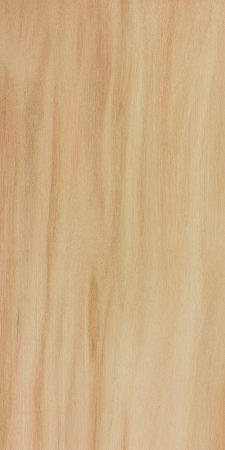
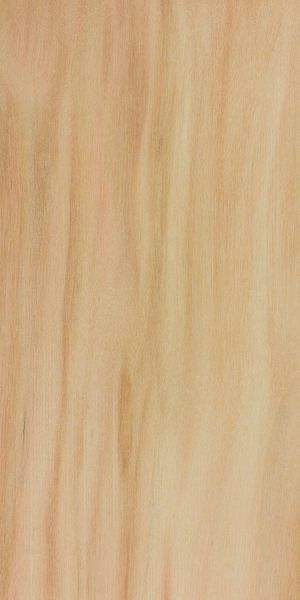
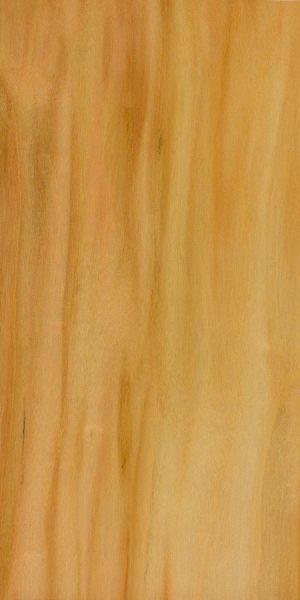
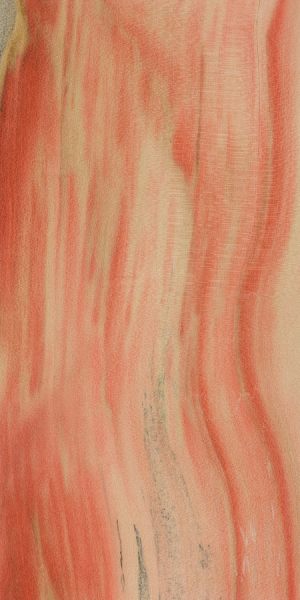
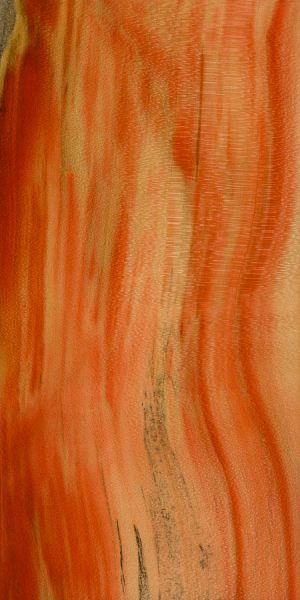
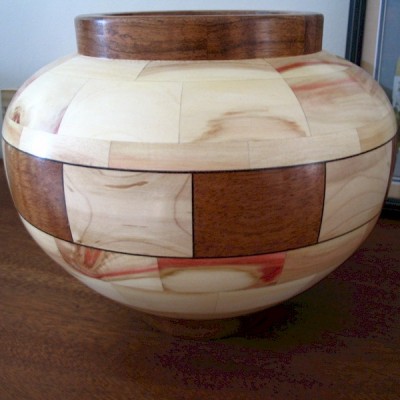
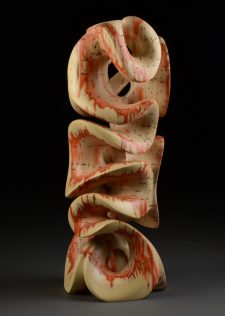
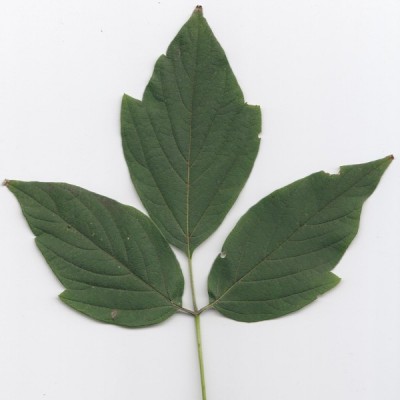
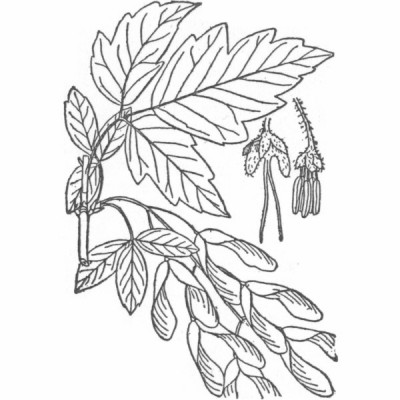
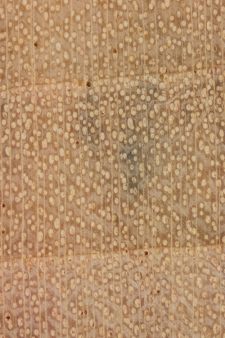

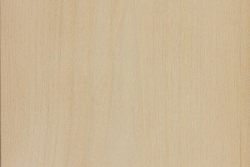
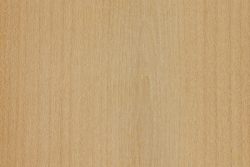
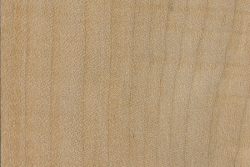
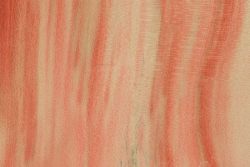
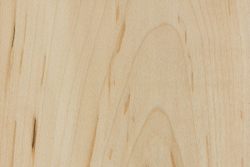
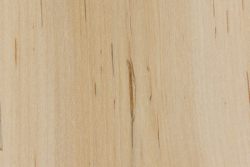
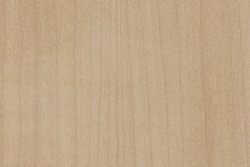
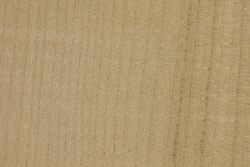
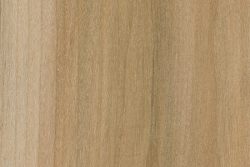
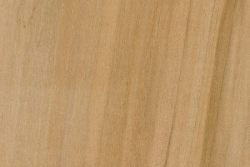
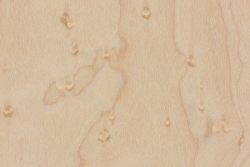
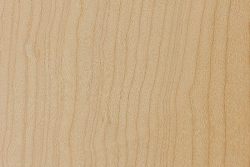
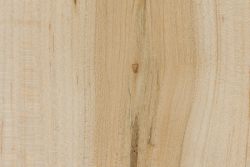
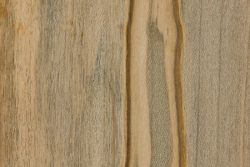
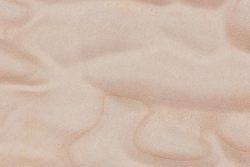
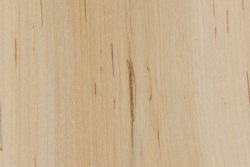
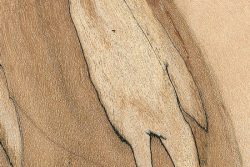
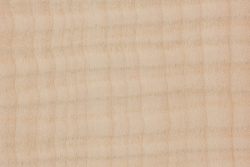



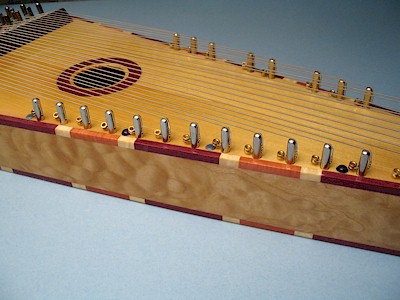




Which hard Maple is the best for making Bows?
I used a slab of Box Elder to make two guitar bodies. They turned out nice !
All the hate for boxelder reminds me of a conversation I had with a neighbor. I said that because boxelder suckers so much i thought it could probably be propagated by cuttings. My neighbor replied why would you want to
My nephew was going to burn this stump.
32x23x3 inches, 20 high.
You probably got there just in time to rescue it from oblivion. Who knows what other irreplaceable singularities he’s already deprived the world of by sending them up in smoke. Might not be a bad idea if you told the guy not to wreck, throw away or burn anything unless he runs it by you first. Never ceases to amaze me what people will ship to a landfill/toss into a dumpster/kick out the back of the truck/over the berm/into the ravine/off the cutbank, or in this instance, get ready to burn up.
My soon to be end table !

You can also make box elder syrup, like you can with all maples. Sugar maple is obviously the most prevalent, but you can make syrup from pretty much any Acer species.
https://www.youtube.com/watch?v=cvh0hMsy4dM
If you think this tree is invasive try getting rid if imported honey suckle. Who ever imported this evil vine should be shot, if their already dead dig them up and shot their remains. God how I hate imported honey suckle vines, they will kill your Dogwoods and cripple your pines!
Get a goat. They’ve taken care of our honeysuckle.
Box elder is somewhat common around here (Sundance, Wyoming) I have harvested some local trees that had burls and over the years have made quite a few things out of the stuff. The red/pink will fade with exposure but so far all that I have made are clear coated and kept inside and as of yet have not lost the color.
Can box elder also be attacked by ambrosia beetles? I have some small pieces that are supposedly box elder and they have the distinctive ambrosia markings. It’s a soft maple, quite light in color, and stinks a little when cut or sanded. Thanks.
It appears that way. The markings look the same as the one that makes ambrosia maple.
I’ve turned a few pieces and had one my vacuum chuck wouldn’t hold because of the beetle tunnels. The vacuum was sucking air through the tiny holes.
I was told the red/pink coloring was from the box elder beetle boring in and peeing/pooing in the wood. On wikipedia it says it is from a fungus. Has anyone ever heard of the 1st theory? I feel silly for telling so many people how the coloring is formed now. here is a picture of a side table i am finishing up.
Not sure about that theory for Box Elder, but I’ve heard it for Ambrosia Maple. Basically, the beetles bore into the tree, and bring with them bring a fungus which discolors the wood. Not sure if that’s true for Box Elder, because I don’t always see the bug holes that are seen in Ambrosia Maple.
Well that makes a little more sense to me. Thanks for sharing.
According to the University of Vermont’s forestry dept. the red stain spreads at approximately 6″ per year and appears in 86% of wounded trees whether or not any fungus is found.
I’ve heard it’s something in the sap, like our white blood cells. Any damage, stress, bug will result in it. I haven’t seen buggy box elder so I can’t say for sure if this is true. It seems like a solid theory. It’s been a while since your comment, I’m open to being proven wrong if you’ve learned anything
My wife and I found some logs on my Aunts farm. We planned to keep the bark and finish the ends to make small side tables in a nursery. I’m letting it dry out in our garage, and finishing the tops with tung oil. We found out the wood was boxelder from the distinct red marks. Are there any health concerns related to this wood (not the actual working of the wood, but just exposure to it and the bark)?
For photos of many eastern US species try https://bioimages.vanderbilt.edu/ or https://plants.usda.gov for many North American species.
I assume Box Elder would be a poor choice for a timber frame building?
Because of the characteristic growth pattern for this species it isn’t commonly employed in timber frames. Nevertheless, it is more than strong enough and has application in many different frame components. Certain styles of timber framing, such as contemporary Minka, as one example, would fair well with this species if one has a good understanding of the style and the characteristics of Box Elder in general. I’ve used this wood in many applications both structural and in furniture…
I just received my harp made with this incredible wood. Here is a picture. Neck and pillar has honey locust core.
I used to be highly allergic to poison ivy, and avoided Boxelder ‘bushes’ like the plague while picking berries and honeysuckle, until I noticed the maple-like seeds. We just don’t see that many of these trees down here in Southeast Texas, I imagine that they arrived on our property with some of the hay, or with the horses (used to rent stalls before the hurricanes demolished the barn). Anyway, I am thinking of planting them along/near our fence line to deter trespassers, because it DOES look so much like poison ivy/oak. ;)
i think box elder is particularly pretty if its done with a bark trim around the bowl. i am on my way to south africa next week to see if i can find some ebony to do something similar.
Interesting comments for such a trash species of tree. Someone asked of burning as in wood stove, I have burned a lot of this in a wood stove. Outdoors and split this wood will not survive 12 months without rot. I would split in mid spring and burn it starting in November. Any leftover into the next year went to the burn barrel due to extensive rot. Heated well but a little quick burning. This is a somewhat horse resistant tree. Usually horses will strip the bark off trees such as poplar, surface rot then begins and horse urine doesn’t… Read more »
I just received my harp made with this incredible wood. Here is a picture. Neck and pillar has honey locust core.
I am very surprised it was good for smoke flavor. It smells like dog urine when you turn it! LOL
long story,short. box elder good for ornamental uses. byaccident i discovered quite an acceptable smoke flavor when used for cooking.
I agree with Kyle. While the wood is relatively attractive for turning, the tree is ugly and what I call an uncontrollable weed. Both of my neighbors have them and refuse to trim or even water them. One tip for the box elder bugs: Insecticides don’t work and harm the environment. I fill a pump sprayer with a couple of ounces of cheap dishwashing liquid and water, then spray the bugs. They perish almost instantly.
It would have been most valuable to see a picture(s) of this species. If they are so common why are there no illustrations of an actual tree
can you burn box elder in a wood add on stove or a wood stove and does it have a smell to it when you burn it
I hate boxelder. These pictures make me think twice, but still hate it. I’ve got 500 acres of land that I’m trying to remove every last boxelder tree on. The bugs are a nuisance, and the trees are also because of their desire for sun. I have 5 of those trees for every hardwood in all of my woods. Nothing against anyone else. I personally don’t care for them and can’t cut them fast enough.
Just got some wet Boxelder – would love to know if anyone can confirm or contradict these:
1- The red often fades to pink/brown as it dries.
2- The red is very UV sensitive and always fades to pink/brown over time.
3- Boxelder is relatively easy to dry: not prone to checking or warp, but it is prone to sticker shadow.
4- Anyone out there have a solution to sticker shadow for this species?
The bright reds/pinks, at this point, will not only fade, but will disappear to the point that, after a few years of U.V. exposure, you will begin to question yourself, whether there ever was any red at all! Future finishing products may prevent this, but for now, don’t count on the colour remaining, unless the finished product is finished with u.v. inhibiting finish, then kept out of sunlight.
We have some boxelder bowls that were made from a tree on our farm. Some of them have the characteristic bug holes in them. Is there a way to seal/plug these teeny holes to make these lovely bowls more useful? Thanks!
My father is a logger and gets lumber cut all the time, he recently had some Box Elder cut and it is the most beautiful wood I have ever seen…. simply stunning!
Sure Rebecca!
Thanks for asking.
These Box Elder photos are so beautiful. May I use the Box Elder sealed and the Box Elder box image on my blog?
https://ayearwiththetrees.blogspot.com
Rebecca
I have a couple of box elder logs that we haven’t milled yet, becuase I want to know how to maintain the color in them.